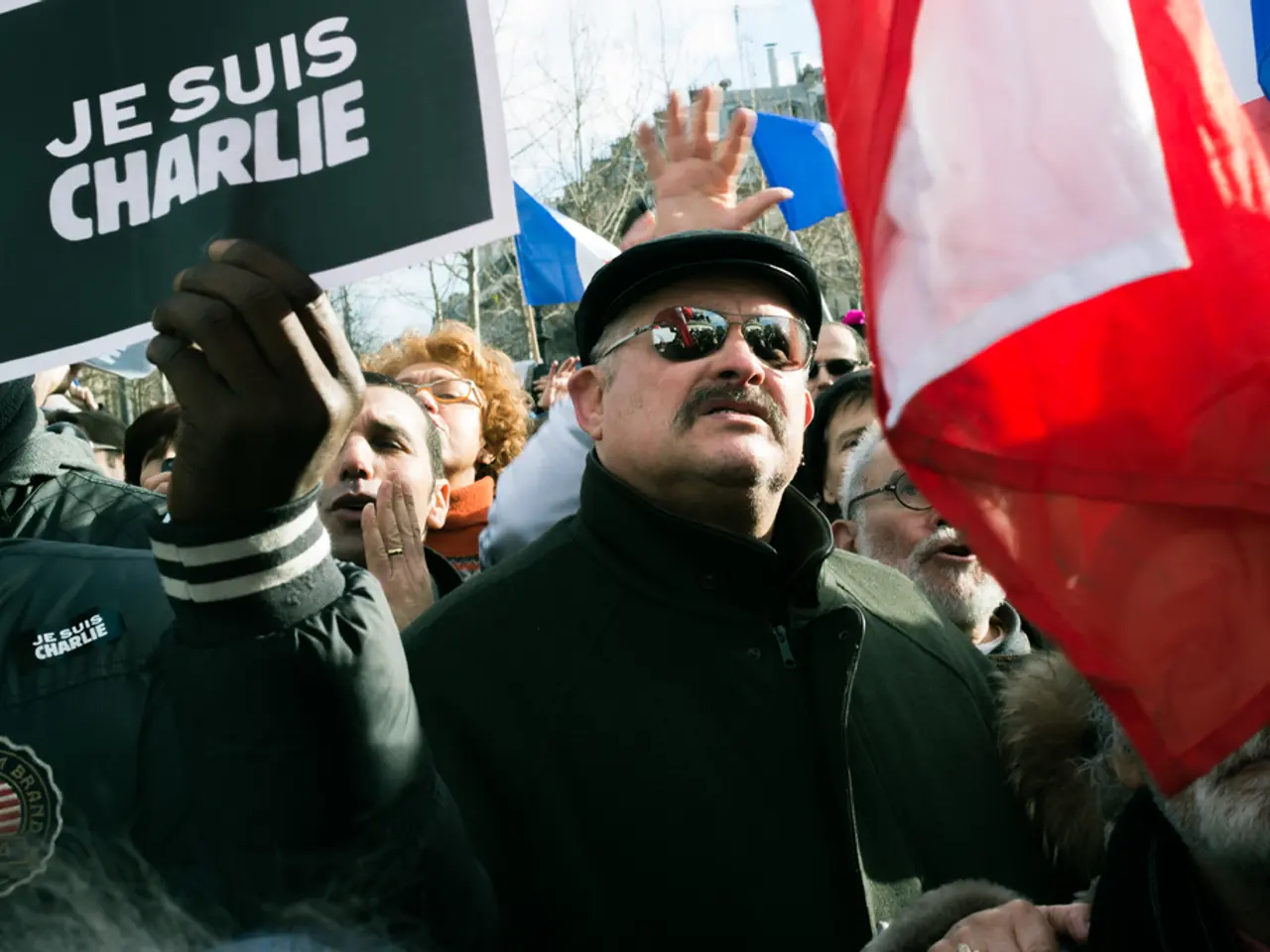Border control measures in Poland extended to 4th October
Poland has announced an extension of its border controls with Germany until October 4, citing ongoing concerns over irregular migration and security threats linked to migration routes through Belarus and Russia. This decision comes after initial border controls were introduced in July, and follows a series of strategic shifts in migrant routes within the EU.
The extended border controls aim to manage the increased pressure on Poland’s eastern frontier, where efforts to block migrant flows have pushed these movements towards other parts of the EU, including routes towards Germany, Lithuania, and Latvia. Key factors contributing to this decision include the effective "98% tightness" of Poland’s barrier on the Belarusian border, forcing migrant flows to shift westward to internal EU borders.
Poland's Interior Minister, Marcin Kierwiński, has also cited the involvement of Belarusian and Russian services in facilitating irregular migration routes as a significant concern. The Polish government's objective, shared with EU partners, is to close off alternative routes to Lithuania and Latvia to control these migration flows more effectively.
The precedent of reintroduced checks last year at Schengen internal borders in response to security and migration-related concerns has also played a role in this decision. These temporary controls, originally set for 30 days, are now scheduled for a two-month extension.
Germany has responded in kind by tightening asylum admission and border checks with Poland, underscoring bilateral security coordination. Alexander Dobrindt, Federal Interior Minister of Germany, had previously welcomed the Polish controls, describing them as "an important step in our joint efforts against illegal migration."
Between July 7 and July 30, a total of 243,683 people and 110,212 vehicles were checked at the border crossings with Germany. Poland sent back six migrants to Germany, while entry to the country was refused to 105 people. The border controls between Poland and Germany have been extended until October 4, with the decision announced by Interior Minister Marcin Kierwinski on Sunday.
The commission's notification regulation was submitted, and neighboring EU countries were informed. The Polish government will decide on the next steps based on data from border guards, military, and police in September. The extension of border controls was also decided on the German and Lithuanian borders.
This decision, technically allowed within the Schengen framework as a response to emergency or security threats, is at odds with the EU principle of free movement. Despite this, it represents a significant step in the ongoing efforts to manage migration pressures within the EU.
The extended border controls by Poland aim to address the migrant flow shifting towards EU nations like Germany, Lithuania, and Latvia, due to the effective border control with Belarus. The Polish government's objective, in alignment with EU partners, is to control these migration flows more effectively by closing off alternative routes to Lithuania and Latvia.
This decision, though potentially opposing the EU principle of free movement, is taken within the Schengen framework as a response to emergency or security threats, highlighting the ongoing political discourse regarding migration within the EU.








